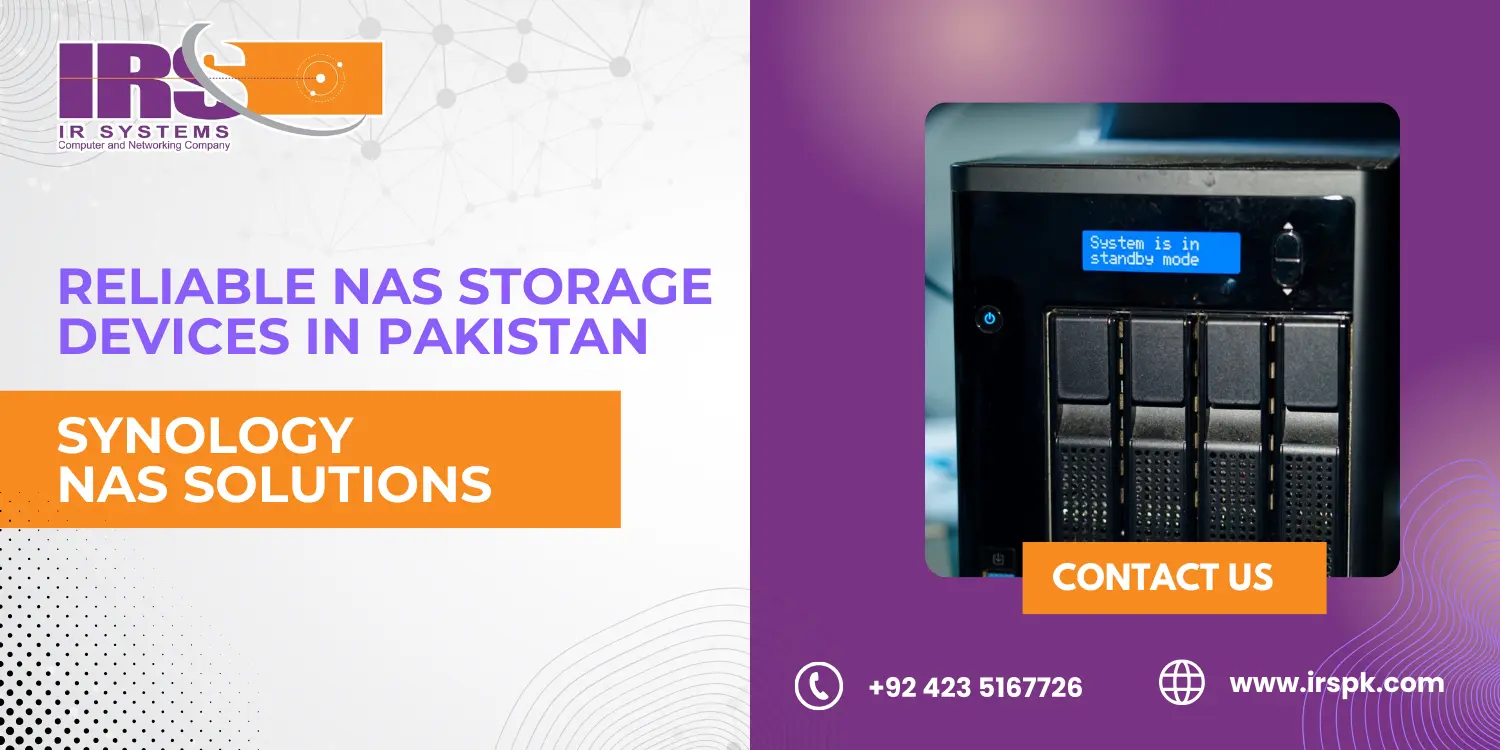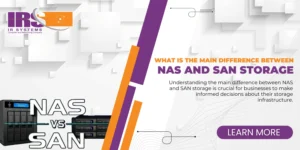In today’s digital age, the ability to swiftly access and retrieve vast amounts of information is paramount for businesses striving to stay ahead in a competitive landscape. Enter Information Retrieval (IR) systems, the backbone of modern data management and analysis. With advancements in technology, particularly in the realm of flash storage, we have undergone a remarkable transformation, revolutionizing the way organizations harness and leverage their data assets.
Understanding Information Retrieval Systems
At its core, an Information Retrieval (IR) system is designed to efficiently store, index, and retrieve information from vast repositories of data. From search engines indexing the World Wide Web to enterprise databases organizing corporate information, IR systems play a crucial role in facilitating access to relevant data in response to user queries.
Components of an IR System:
Indexing Mechanism:
IR systems employ sophisticated indexing algorithms to organize data into searchable structures, enabling quick retrieval based on relevance.
Query Processing:
When a user submits a query, the IR system processes the request, matches it against the indexed data, and retrieves relevant results.
Ranking Algorithms:
To enhance search accuracy, IR systems utilize ranking algorithms that prioritize results based on factors such as relevance, popularity, and user preferences.
User Interface:
The user interface serves as the gateway for interacting with the IR system, providing intuitive search functionalities and displaying search results in a user-friendly format.
The Emergence of Flash Storage Technology
Traditionally, Information Retrieval systems relied on conventional storage mediums such as hard disk drives (HDDs) to store and retrieve data. However, the advent of this storage technology has introduced a paradigm shift, offering unparalleled speed, reliability, and scalability.
Advantages of Flash Storage:
High Performance:
Flash storage boasts significantly faster read and write speeds compared to HDDs, resulting in quicker data retrieval and processing.
Low Latency:
With minimal access times and latency, storage accelerates response times, ensuring swift retrieval of information even during peak usage.
Reliability:
This storage is inherently resistant to mechanical failures, making it more reliable and durable than traditional HDDs, especially in high-demand environments.
Scalability:
Flash storage solutions can be easily scaled to accommodate growing data volumes, providing organizations with flexibility and agility in managing their data infrastructure.
Transforming Information Retrieval with Flash Storage
The integration of this storage technology into Information Retrieval systems has unleashed a new era of efficiency and performance. Organizations across various industries are experiencing the following transformative benefits:
Enhanced Speed and Responsiveness:
By leveraging the high-speed read and write capabilities of storage, IR systems can deliver near-instantaneous search results, empowering users to access information swiftly and seamlessly.
Improved User Experience:
The reduced latency and rapid data retrieval enabled by this storage translate into a smoother and more responsive user experience, driving user satisfaction and engagement.
Increased Productivity:
Faster data access and retrieval streamline workflows, enabling employees to accomplish tasks more efficiently and make informed decisions in real time.
Looking Ahead: The Future of IR Systems
As technology continues to evolve, the future of Information Retrieval systems holds immense promise. Emerging innovations such as solid-state drives (SSDs), non-volatile memory express (NVMe) storage, and machine learning algorithms are poised to further enhance the speed, intelligence, and scalability of IR systems, paving the way for unprecedented advancements in data management and analysis.
Conclusion
In the ever-expanding digital landscape, Information Retrieval systems serve as the backbone of data-driven decision-making and knowledge discovery. With the integration of this storage technology, IR systems have transcended previous limitations, unlocking new levels of speed, efficiency, and scalability. As organizations embrace the transformative power of flash storage IR system is best.










